Description
| Species | Cordyceps militaris |
| Difficulty ℹ️ | 🍄🍄🍄 |
| Spore Coloration | N/A |
| Ecology | Parasitic |
| Edibility | Inedible, Medicinal |
Many authors consider cordyceps militaris quite common, spread throughout the northern hemisphere, and fruiting bodies appear in Europe from August to November.
Cordyceps’ method of dispersal is through parasitizing insects. Researchers believe that the insect picks up the fungus while foraging for food. The fungus makes its way deeper into its hosts body, eventually taking over and controlling the insect’s behavior. The fungus then makes its host climb to a high point, most likely the leaf of a nearby plant, and latch on, locking it in place. The fungus continues to eat at its host, killing it in the process. After a few days, the fungus’s fruiting body begins to emerge from its host’s body, where it then sends its spores out to infect more insects.
Cordyceps militaris can be cultivated in a variety of media, including silkworm pupae, rice, and liquid nutrition. It is considered inedible or “probably edible” by North American field guides. In Asia the fruiting body is cooked as a mushroom in dishes like chicken soup, pork bone soup and hot pot.
Cordyceps militaris is a potential carrier of bio-metabolites for herbal drugs. Traditional medicine systems believe it “revitalizes” various systems of the body. In traditional Chinese medicine, this fungus can serve as a cheap substitute for Ophiocordyceps sinensis. Both contain cordycepin.
Cordyceps militaris contains a protein CMP18 which induces apoptosis in vitro via a mitochondrion-dependent pathway. It is thought that it might be toxic when eaten. Cooking destroys this protein.
Images on this page have been sourced from iNaturalist under CC-BY-SA3.0, taken by mycowalt, bjoerns and others.
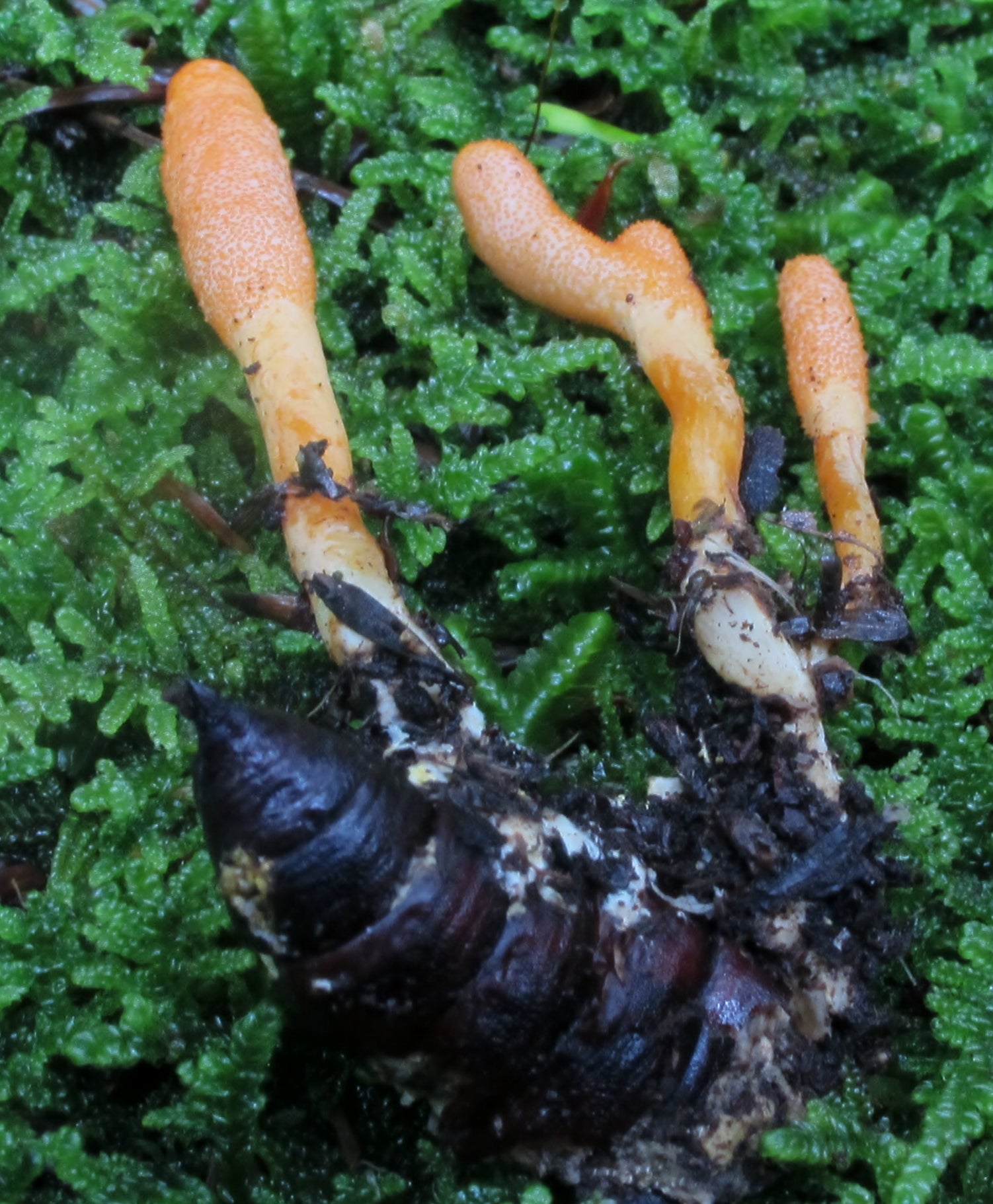

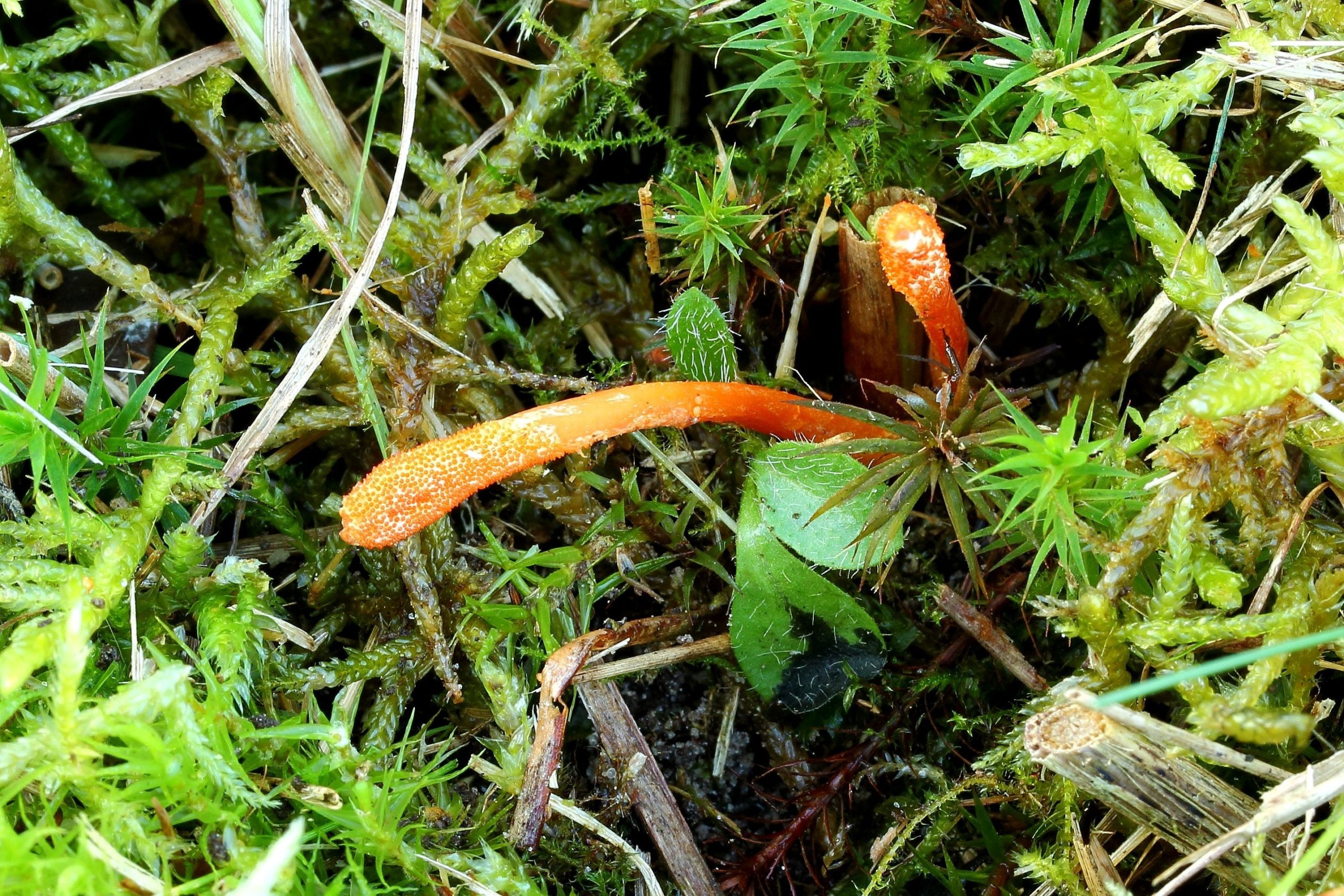
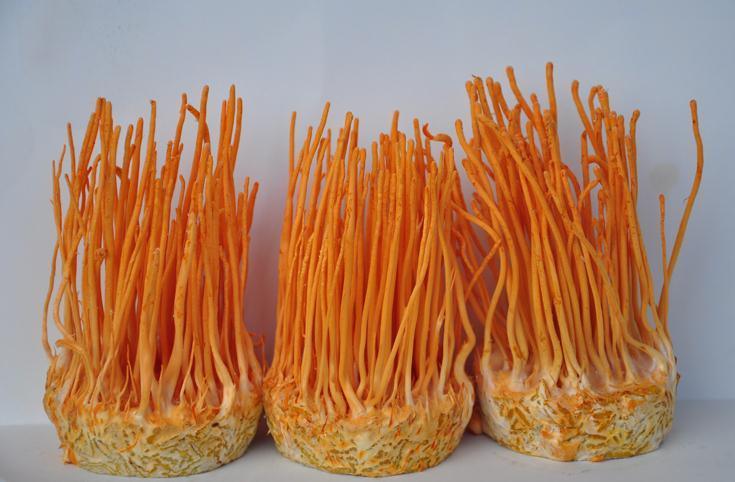
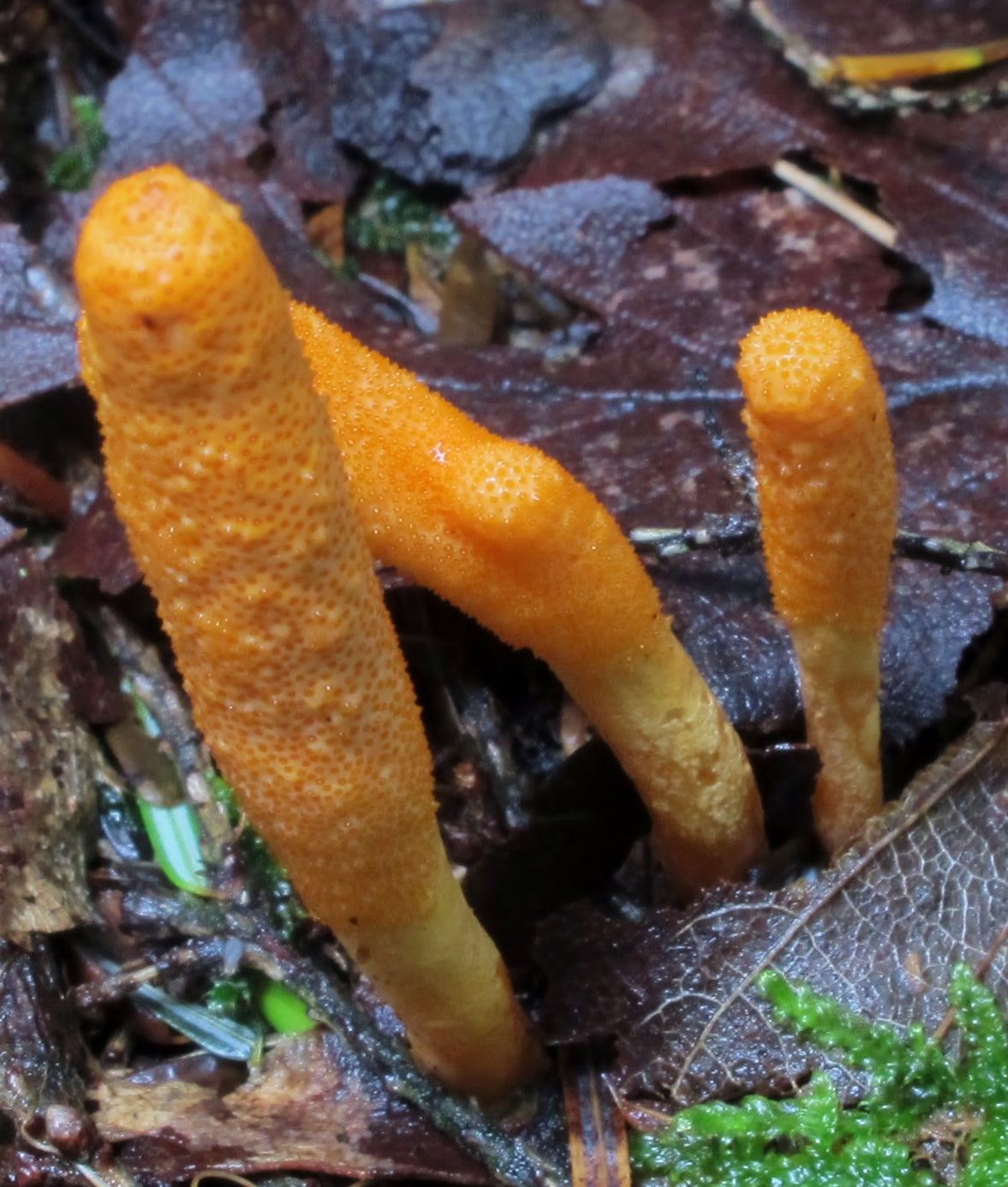
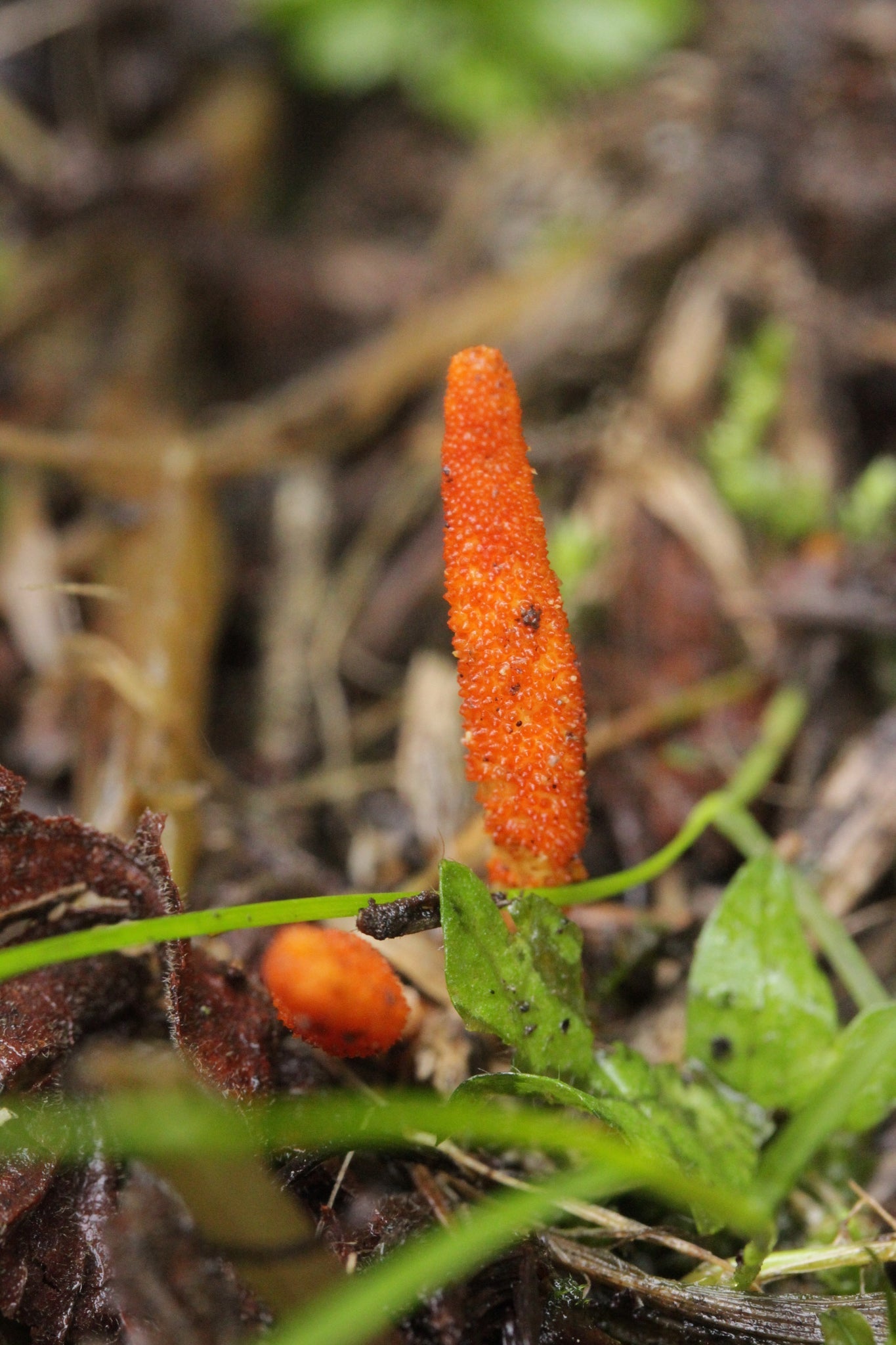


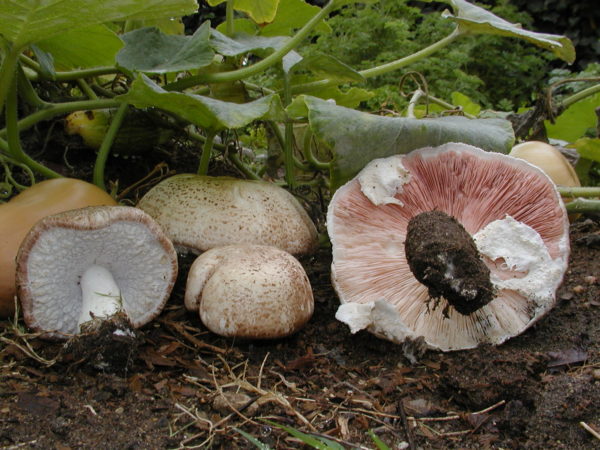

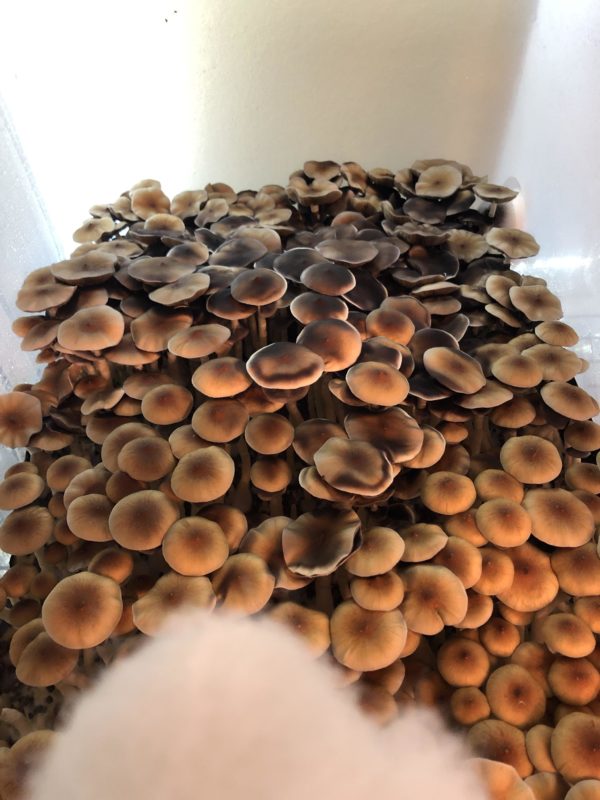
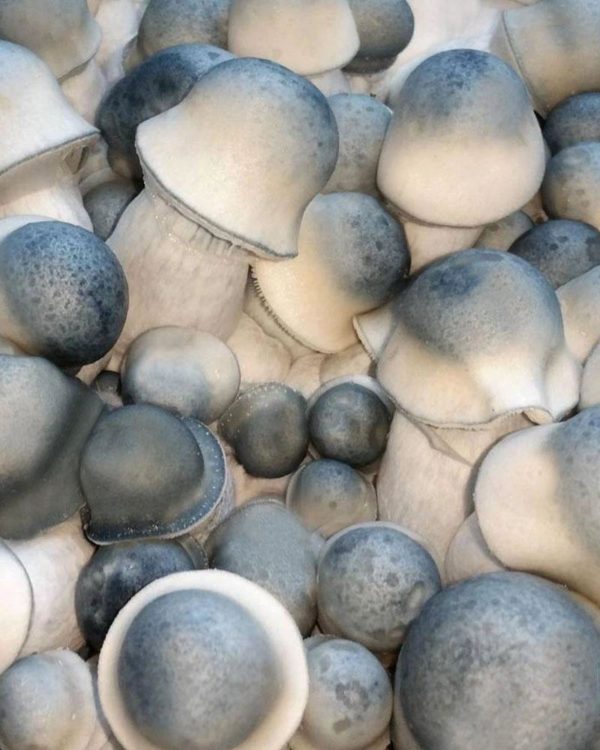
Reviews
There are no reviews yet.